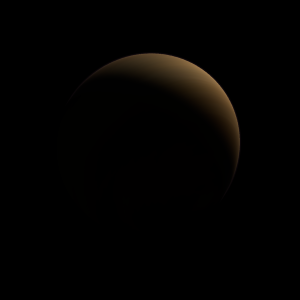|
|
Space Astro
|
Info for exoplanet "Gamiraq'jot"
| Scientific (actual) data |
|---|
| Planet | Ups And c |
| Planet status | Confirmed |
| Planet mass | 9.1 |
| Mass sini | 1.8 |
| Orbital period | 240.937 |
| Semi major axis | 0.861 |
| Orbit eccentricity | 0.2445 |
| Inclination | 11.347 |
| Angular distance | 0.06392 |
| Discovered | 1999 |
| Updated | 2019-08-16 |
| Omega | 247.629 |
| Tperi | 2449920 |
| K | 53.498 |
| Publication | Published in a refereed paper |
| Detection type | Radial Velocity |
| Mass detection type | Radial Velocity |
| Alternate names | HD 9826 c |
| Star name | Ups And |
| Right ascension | 24.2° |
| Declination | 41.41° |
| Mag v | 4.09 |
| Star distance | 13.47 |
| Star metallicity | 0.09 |
| Star mass | 1.27 |
| Star radius | 1.631 |
| Star sp type | F8 V |
| Star age | 3.8 |
| Star temperature | 6212 |
| Wikipedia article | ups And c |
Back
| |
| Fictional info (?) |
|---|
| Suggested name | Gamiraq'jot |
| Planet type | Huge cold gas giant |
| In English, Gamiraq'jot is often referred to as the "blue planet" because the nitric oxide prevalent on its surface gives it a strange blue appearance that is unusual among the astronomical bodies visible to the naked eye. It has the longest rotation period (445 days) of any planet in its solar system and rotates in the opposite direction to most other planets.
The planet is named after the deity Gamiraq'jot, the goddess of love and beauty.
Its north and south poles, therefore, lie where most other planets have their equators. |
| Atmosphere | Hydrogen | 51% |
| Nitric oxide | 45% |
| Ammonia | 1.5% |
| Hydrogen peroxide | 1.2% |
| Ammonium hydrosulfide (NH4SH) | 0.56% |
| Atmospheric pressure | 40 bar |
 |
| No known satellites |
| Google search for Gamiraq'jot |
|
Website by Joachim Michaelis
|
|
|
|